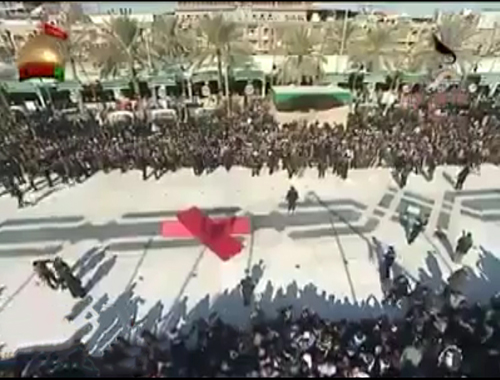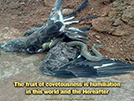Support of the Martyr’s view
- Details
- Hits: 1963
Support of the Martyr’s view
Some scholars have supported the view of Muhammad Ibn Makki who stated the following tradition from Imam Ja’far as-Sadiq (a.s.) as quoted by Muhammad Ibn Muslim requested to explain the Islamic order for a person who during travel reaches a place where there aren’t any stones or sand; all the area is covered with snow and the person becomes “mujnib” (semen has been discharged from him and he has to perform the Wajib Ghusl for prayers). How can he do tayammum (substitute of Ghusl) in absence of mud or stone? Imam (a.s.) replied,
“Let him do tayammum with this very snow and pray. I do not consider it proper for him to again go to such a place where he might lose his faith.”
According to those who support the view, since Imam (a.s.) has prohibited his followers to go to a place where it is impossible to perform ghusl and wuzu, the prohibition also applies to a place where it is not possible to perform wuzu and ghusl according to Shia procedures.
However, this is not a sufficient argument because the tradition prohibits going to a place where one is sure to be unable to perform some obligatory acts. On the other hand it is only a possibility that in areas of Ahl ul-Sunnat a Shia will be compelled to practise Taqiyya. Besides, even if a Shia practices Taqiyya and performs the obligatory acts like the Ahl ul-Sunnat, his acts are considered correct. Moreover, if there is no constraint it may be recommended for him to migrate from the area of Ahl ul-Sunnat. However, if he is unable to express his love for Ahl ul-Bayt (.a.s.) it will certainly be Mustahab for him to migrate.











